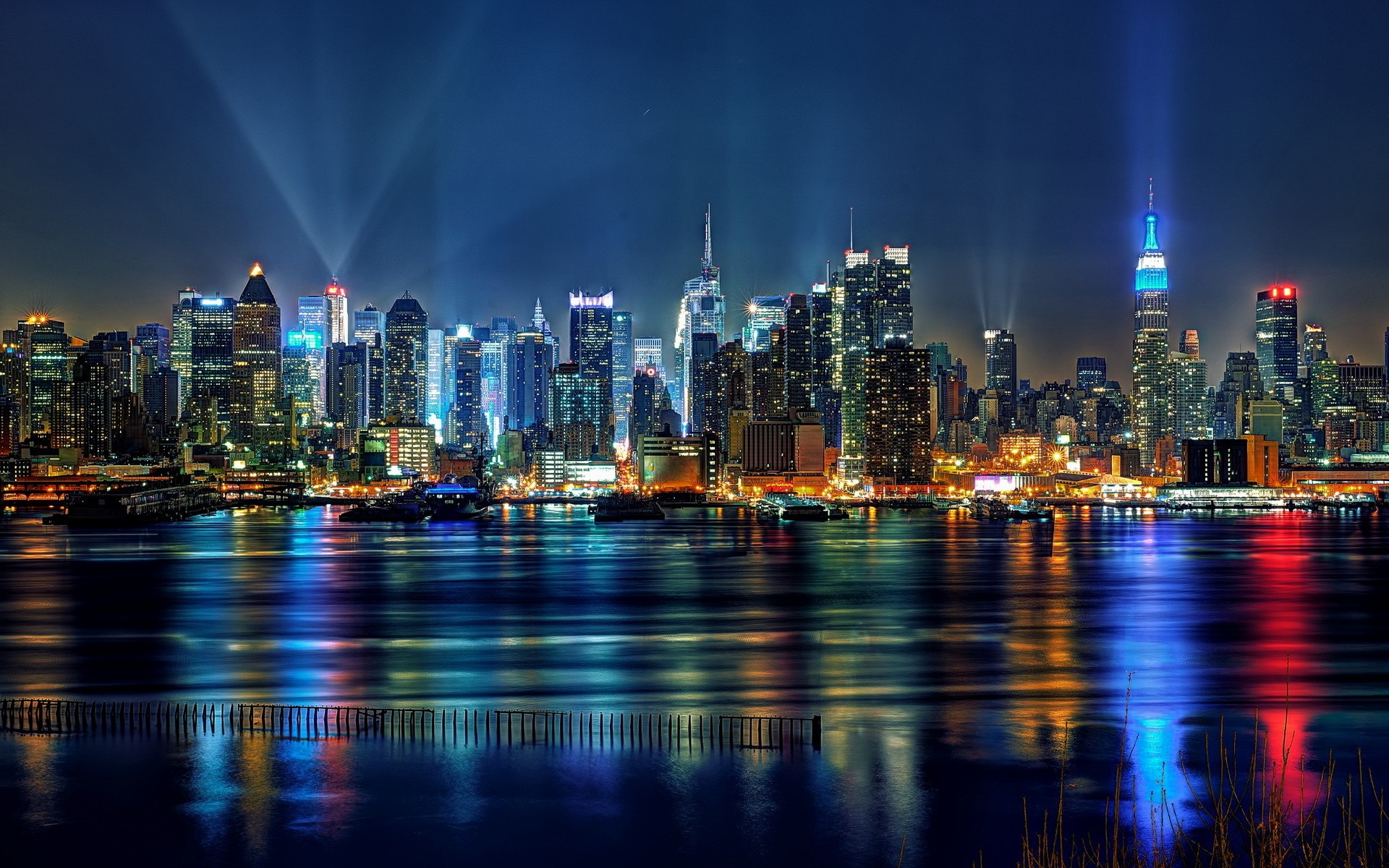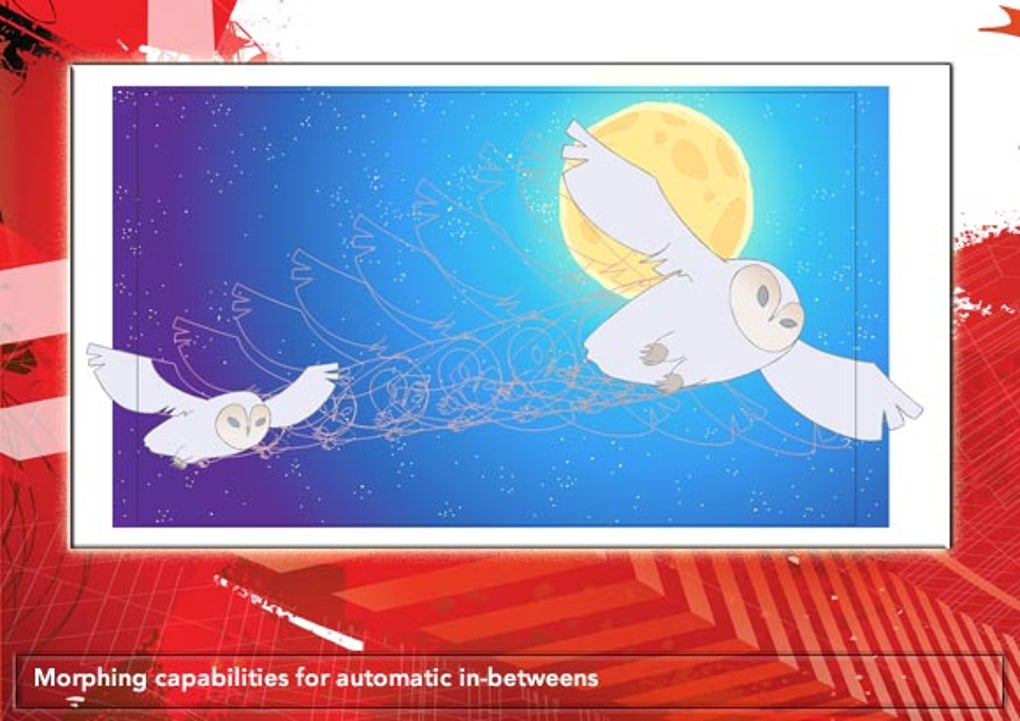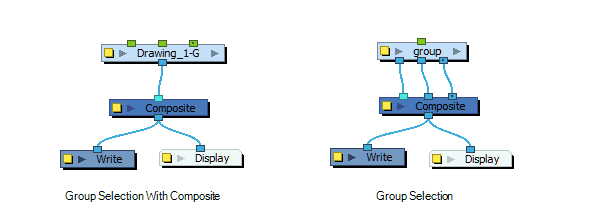
I was trying to keep it simple, by literally having only one layer of nothing but black lines, and no backgrounds or anything. My Problem is: I wanted to finish up a PSA on smoking, and I decided to make it nothing but black and white, and a cigarette with a orange butt, and thats it
DISPLAY ALL MODE TOON BOOM PRO
If you want the views to follow the main Display toolbar selection, set the display option of each display menu to Default.I'm really iffy about doing this, but I was wondering if for some reason there were any toon boom animate pro experts that could tell me why my project keeps exporting as black, and why toon boom doesn't want to do anything with swf. In this case, you can set the first Camera view on the final display and the second on the character’s Display node.
DISPLAY ALL MODE TOON BOOM FULL
For example, you can have one Camera view to display the full scene and another Camera view to only display the character being animated. However, you may want different views set on different displays. By default, all views are set to Default to follow the main Display toolbar selection. These Display menus allow you to set the views to different displays. To switch from Basic to Advanced Display mode, you must enable the Advanced Display option in the Preferences dialog box (Advanced tab). In Advanced Display mode, every view using the display concept has its own Display menu and each one can be set to a different Display node. In Basic mode, every view is set to the same Display node. You can add and connect more Display nodes to your node system and select the one you want by using the Display menu.

This means that only the elements connected in that Composite node will show in the Camera view.

All of the views are set to use this Display node. When creating a scene in Basic Display mode, a Display node is automatically added to the node system and connected to the final Composite node. By default, it is set to the Basic Display mode. When your scene contains many nodes and you cannot see them all, you can display all nodes at that level. For this reason, it is not recommended to work in Display All mode. If you switch to Display All, you run the risk of not realizing when you have floating nodes that are not connected to your composite. The Timeline view shows only layers that are connected to the Composite node. The peg layer will be floating in the Node view and will not be visible in the Timeline view. NOTE: If you try to add a peg or other transformation layer in the Timeline view without having a layer selected, an error message will display. You can also set your scene to use Display All using the Display toolbar. When your scene does not have a Display node, it is automatically set to Display All which uses the Timeline view ordering and shows floating nodes from the Node view.

DISPLAY ALL MODE TOON BOOM UPDATE
You can also use the Scene > Display menu to select the desired Display node to update the contents of the Camera, Top, Side, Perspective, and Timeline views. To use this display concept, show the Display toolbar which will let you select different Display nodes available in the node system. It's also useful during compositing and helps you visualize and debug effects. This is useful in cut-out animation as it allows you to see one puppet without viewing all the other characters. You can have more than one Display node in the Node view, so you can visualize different sections of the scene without disabling or disconnecting elements that are in the way. You might use it to see one single character as you animate it, debug your node system as you create complex effects or export your complete scene or a portion of it. By default, a scene's node system always has a Display node which can be used to show your entire scene, a single node or a group of nodes through a Composite or Group node. The Display node is an important node it is used by the export and views to display your scene, primarily the Camera and Timeline views.


 0 kommentar(er)
0 kommentar(er)
